By Dr. James M. Dorsey
 EXECUTIVE SUMMARY: The hearts and minds of Indian Muslims would be a valuable prize for Saudi Arabia and Turkey as they vie for leadership of the Muslim world. This is particularly true in the wake of the October 2 killing of journalist Jamal Khashoggi in the Saudi consulate in Istanbul, which catapulted the rivalry to center stage.
EXECUTIVE SUMMARY: The hearts and minds of Indian Muslims would be a valuable prize for Saudi Arabia and Turkey as they vie for leadership of the Muslim world. This is particularly true in the wake of the October 2 killing of journalist Jamal Khashoggi in the Saudi consulate in Istanbul, which catapulted the rivalry to center stage.
When President Recep Tayyip Erdoğan recently declared that Turkey was “the only country that can lead the Muslim world,” he probably wasn’t only thinking of Middle Eastern and other Islamic states such as Pakistan and Bangladesh. There is growing evidence that Indian Muslims, the Islamic world’s fourth-largest community after Indonesia and the South Asian states, is on Erdoğan’s radar.
Erdoğan’s interest in Indian Muslims highlights the flip side of a shared Turkish and Indian experience: the rise of religious parties and leaders with a tendency towards authoritarianism in non-Western democracies that, according to Turkey and India scholar Sumantra Bose, calls into question their commitment to secularism.
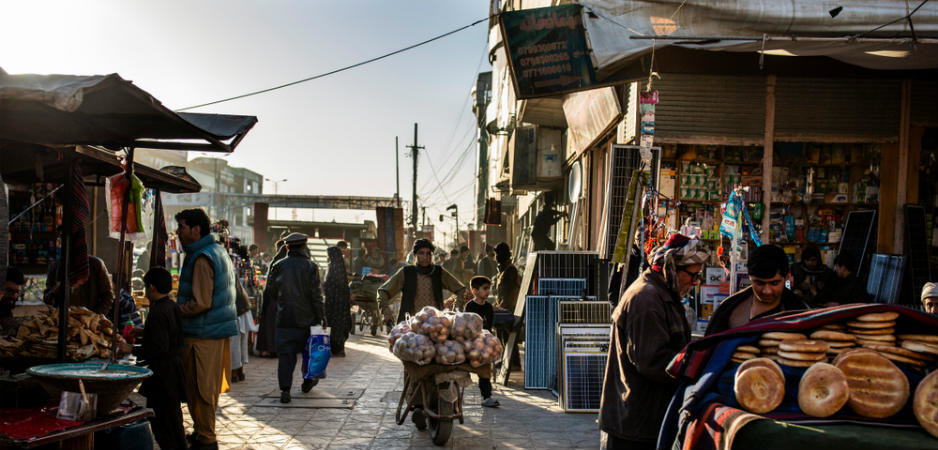



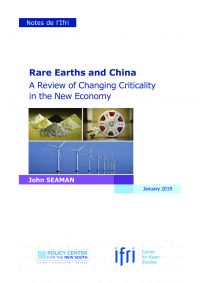
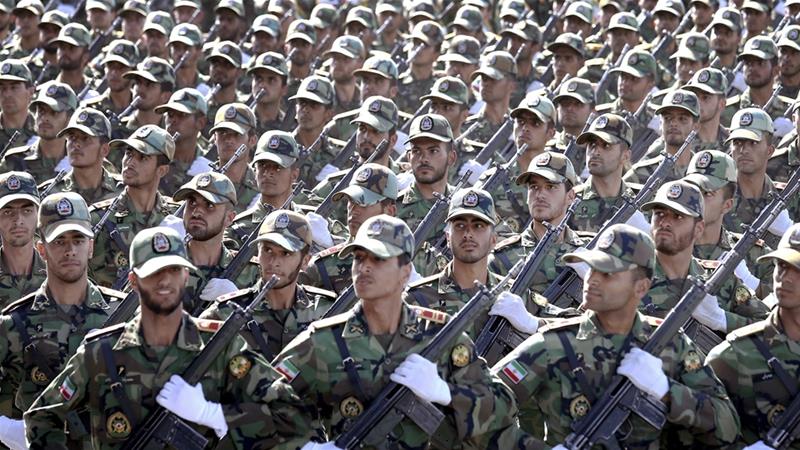
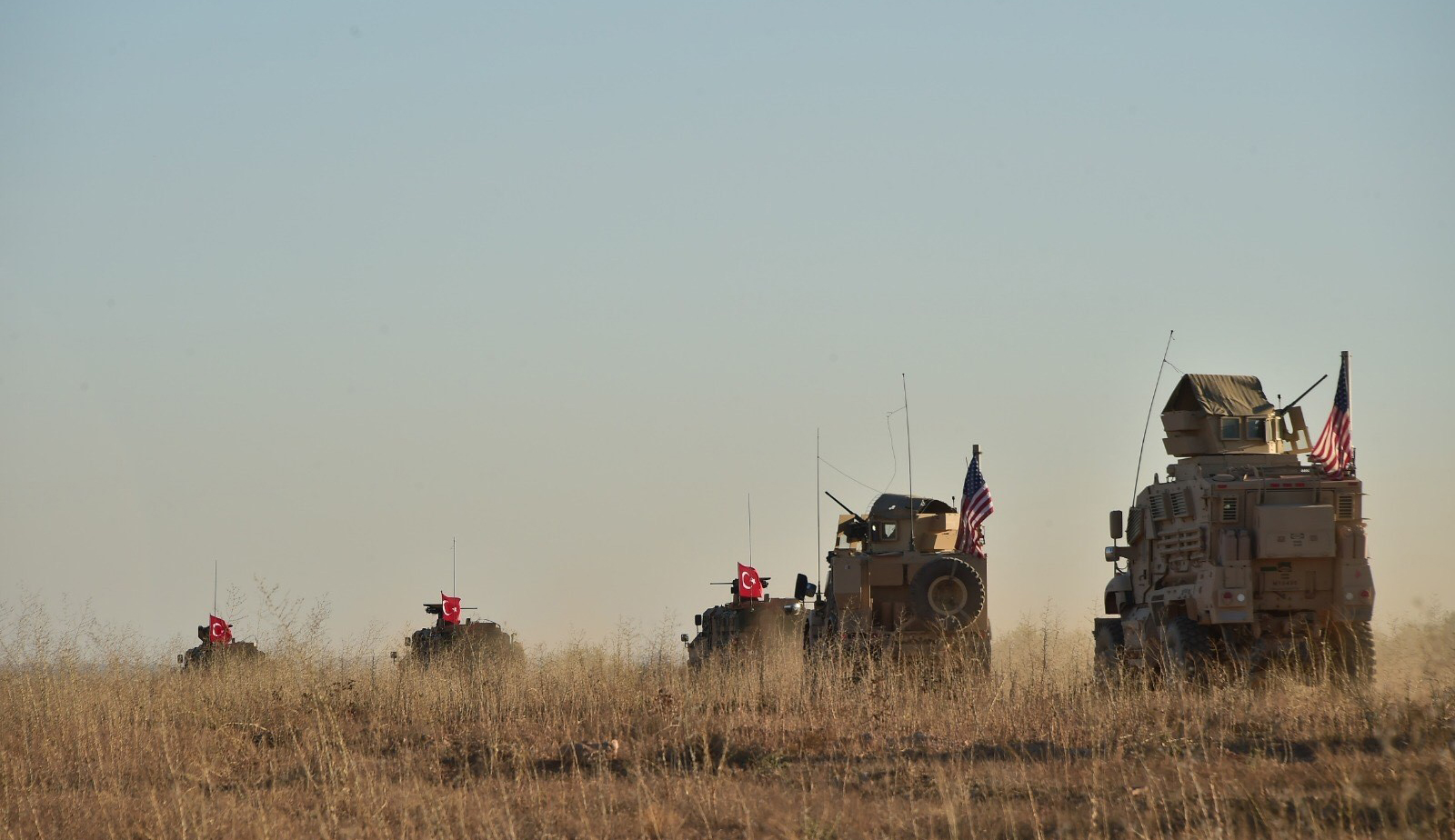


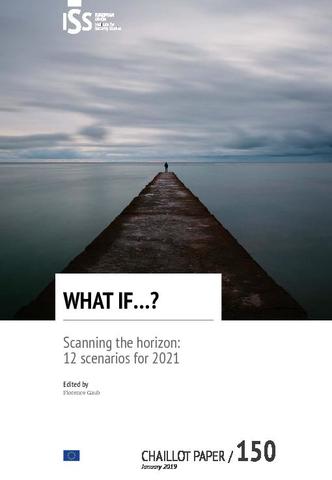



/arc-anglerfish-arc2-prod-mco.s3.amazonaws.com/public/E2GS2IZNVRGARNRCC637L2K3BQ.jpg)
/arc-anglerfish-arc2-prod-mco.s3.amazonaws.com/public/4FKCNPQFBVD5BKOVO754J7VPOE.jpg)




